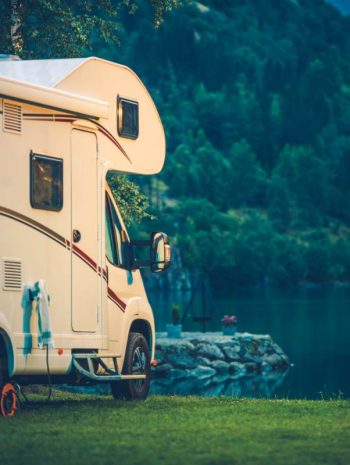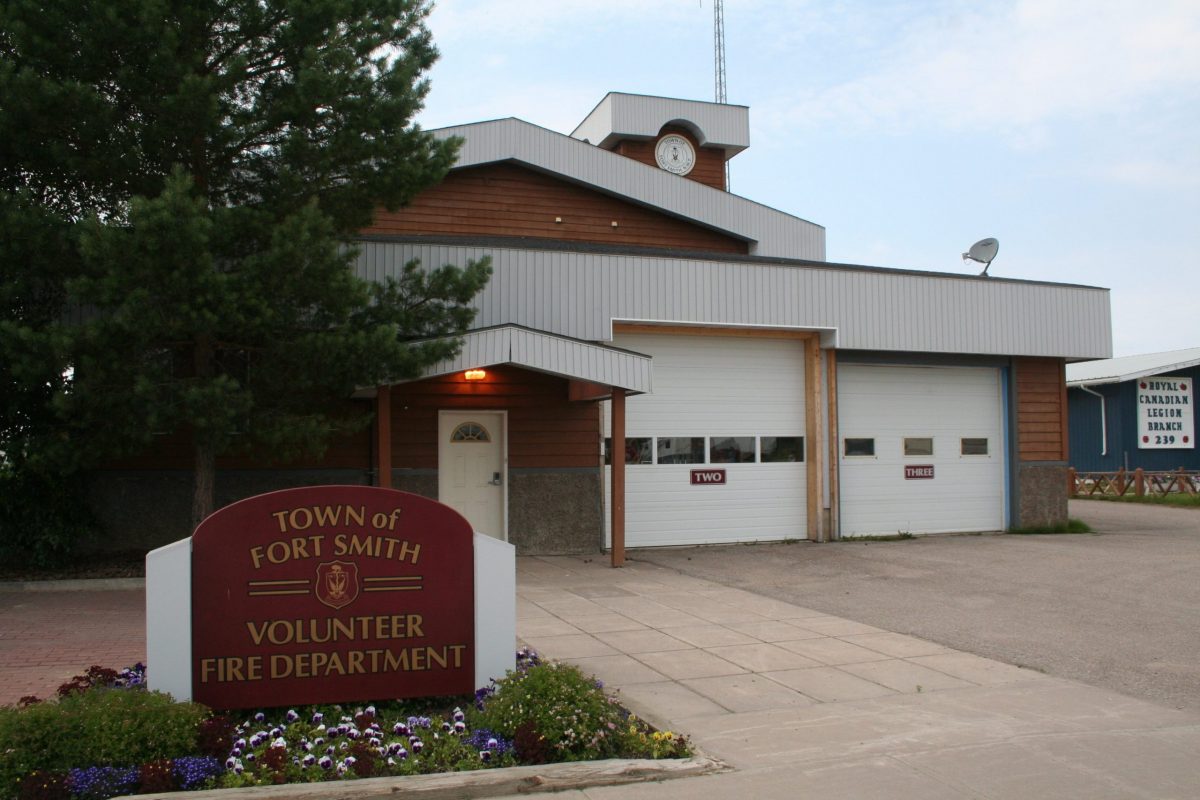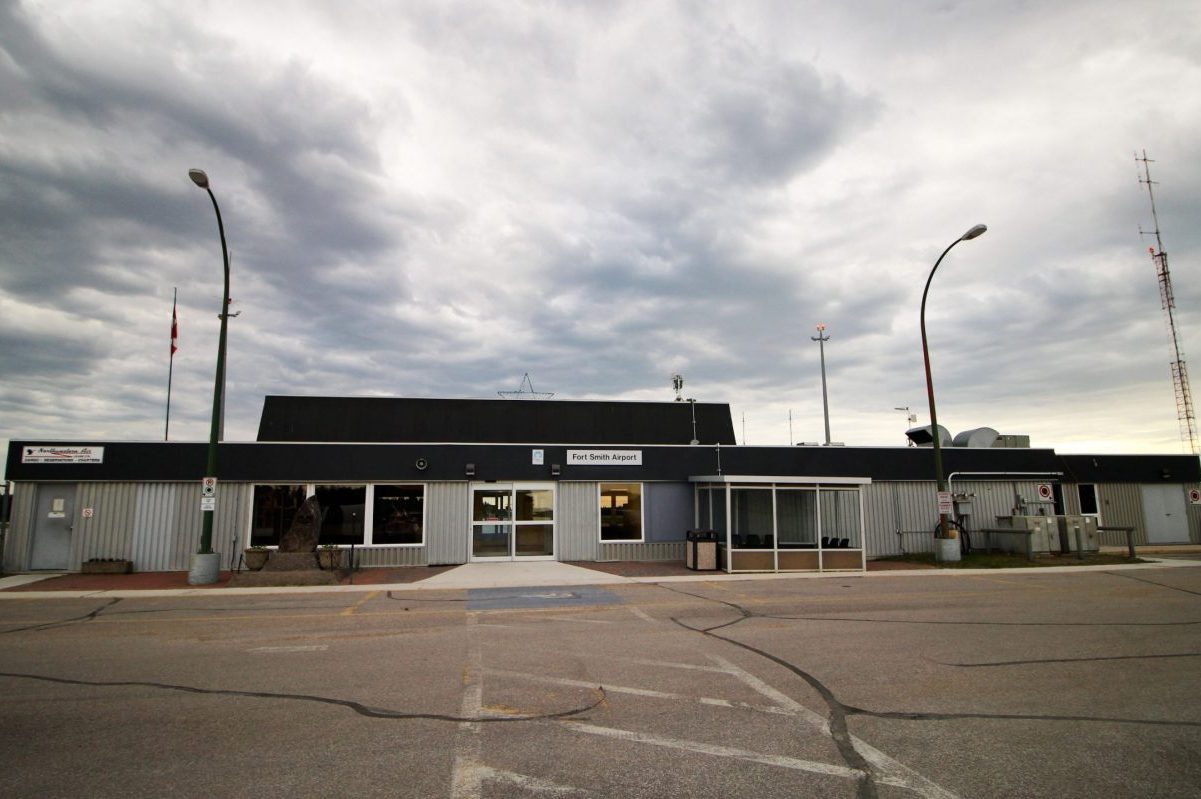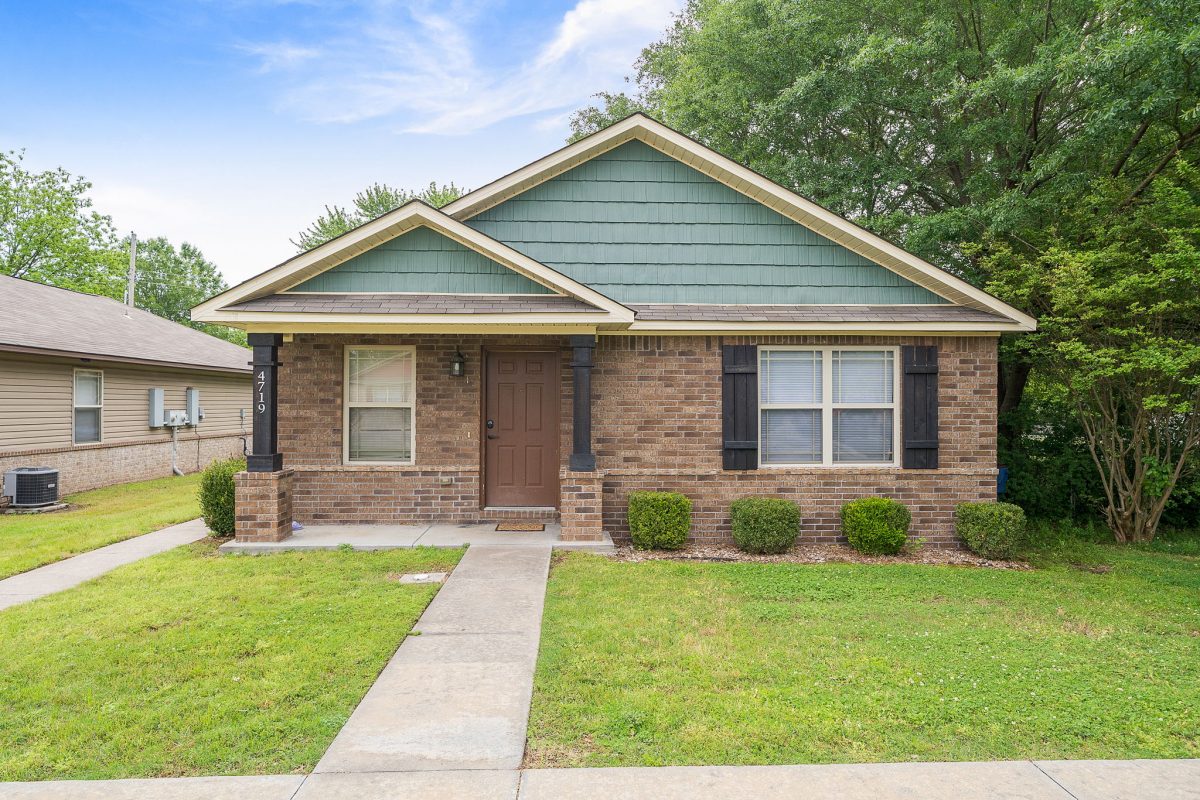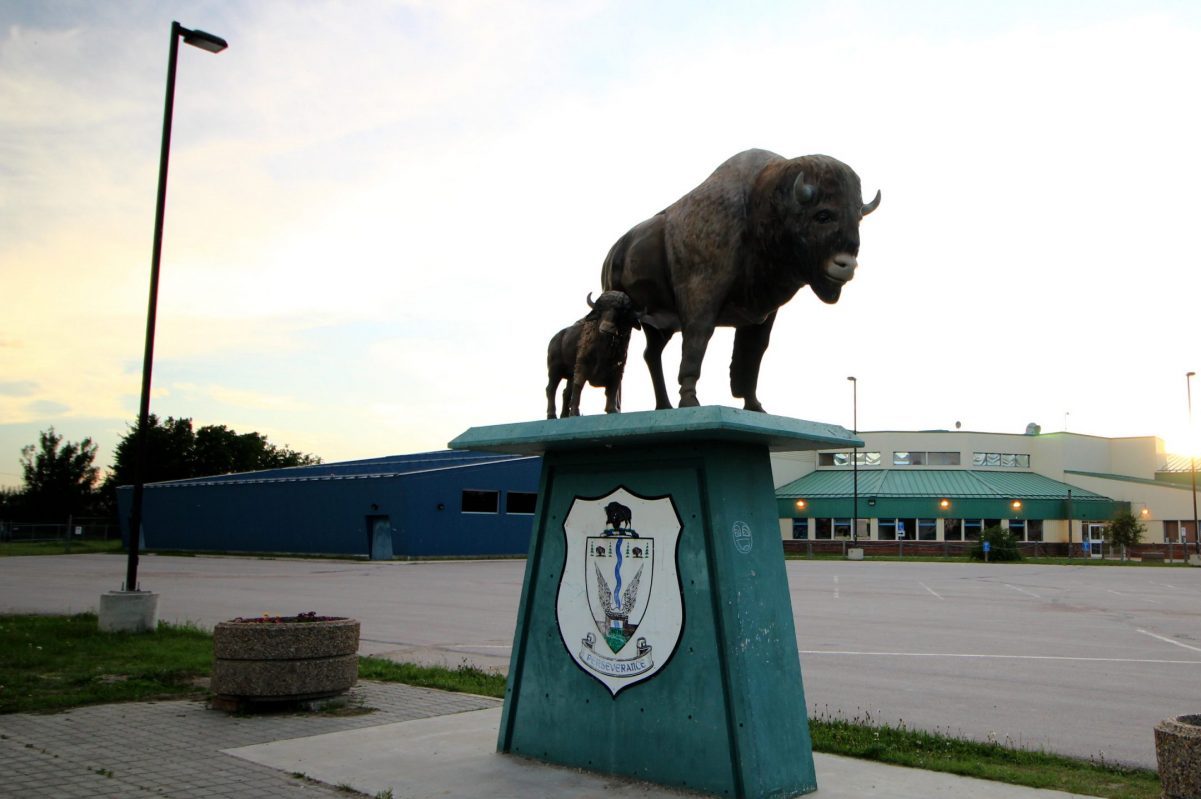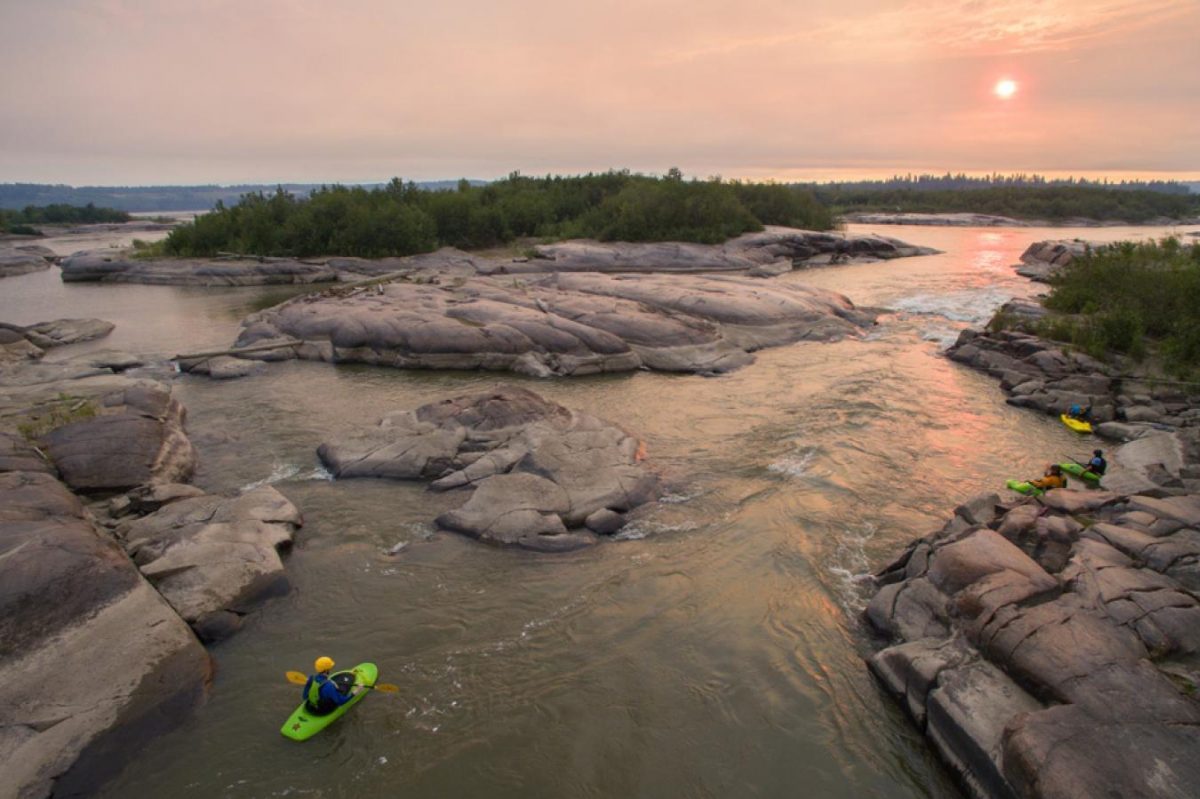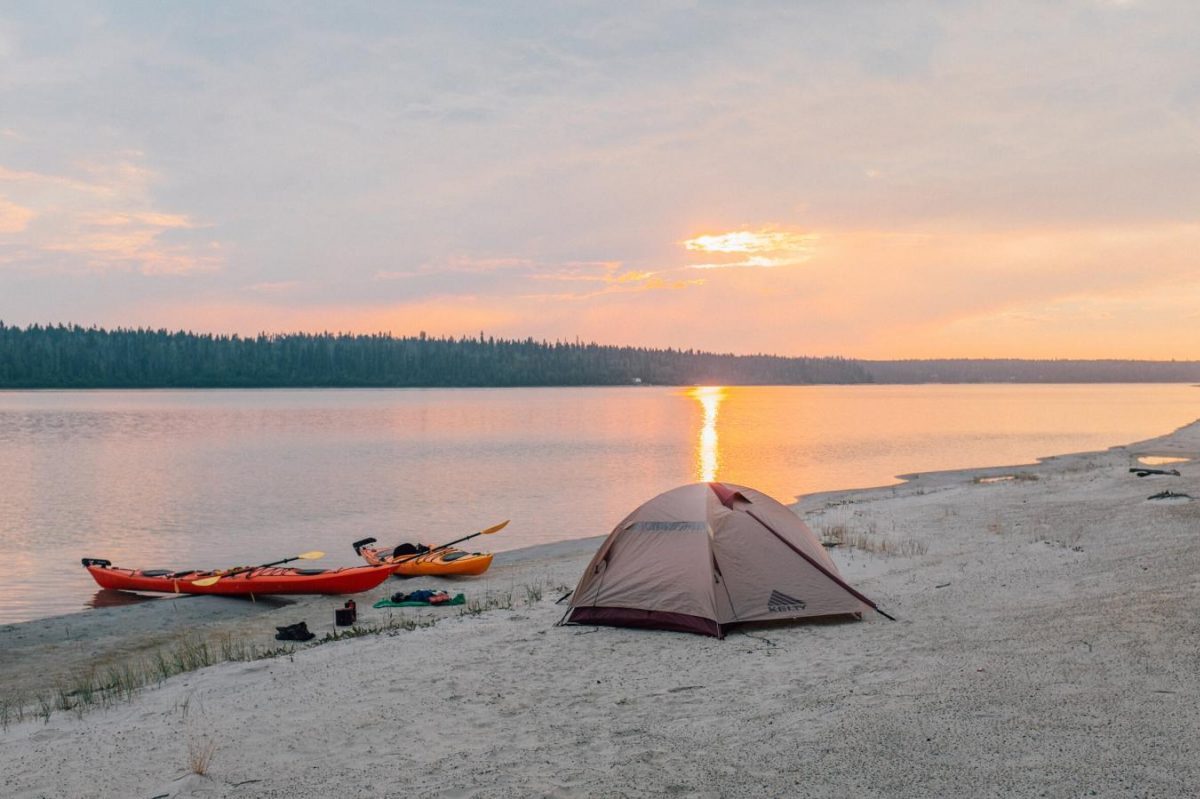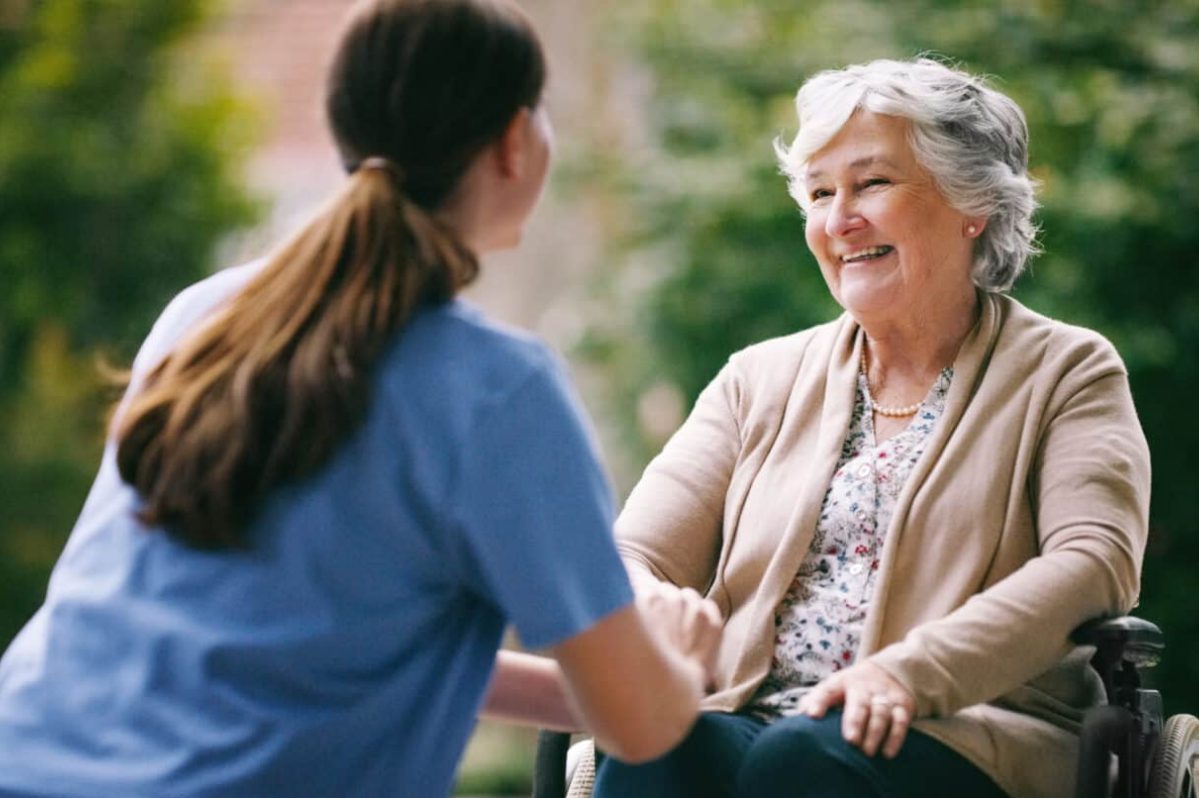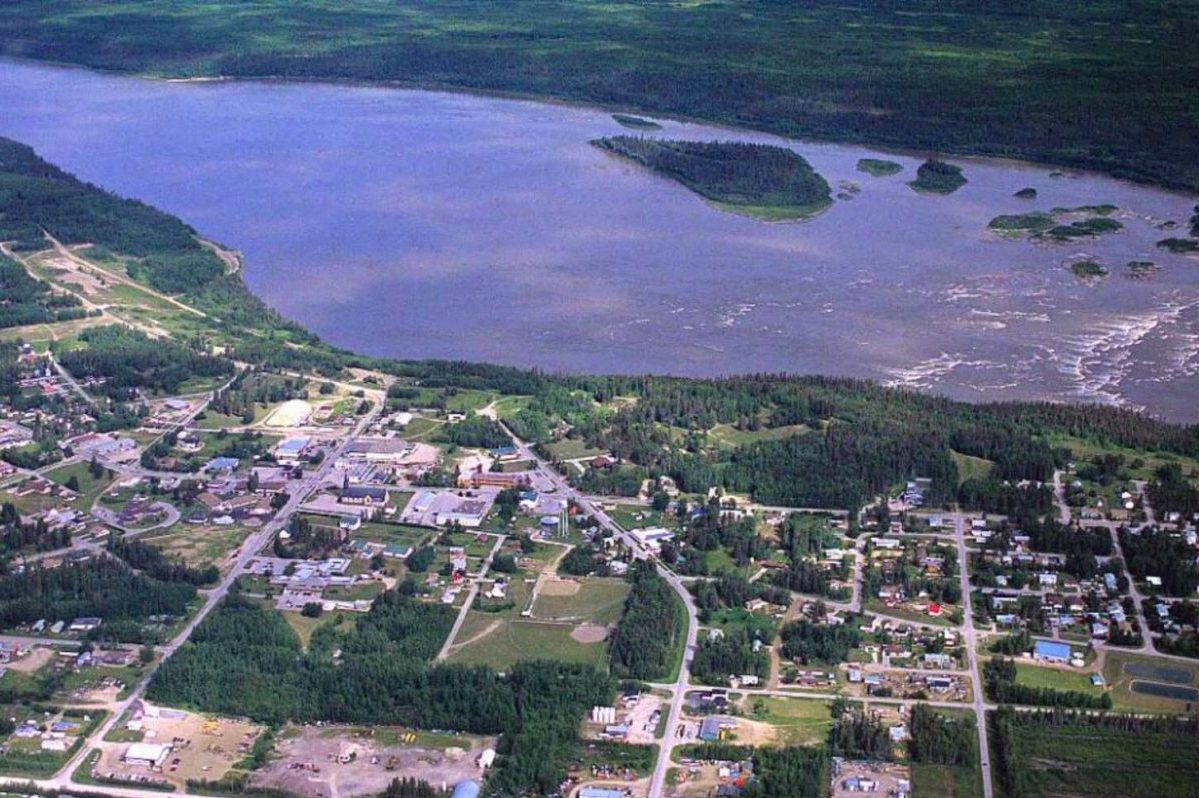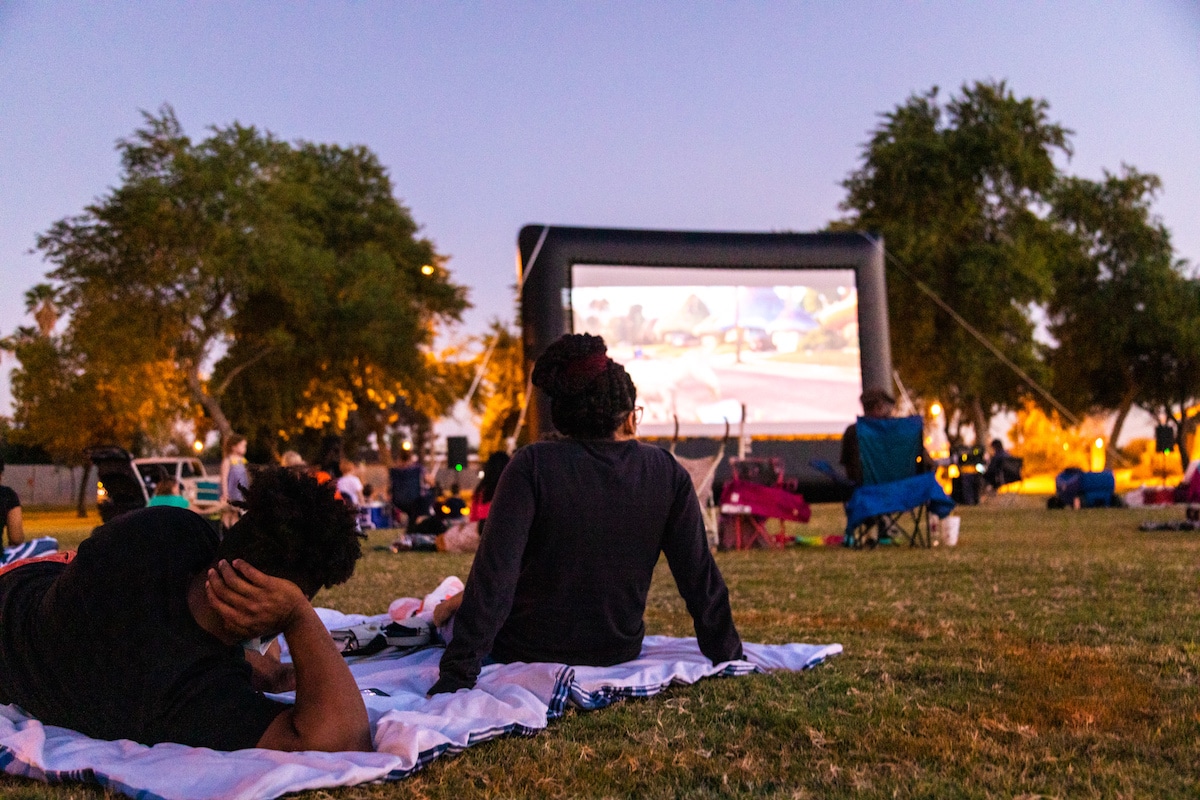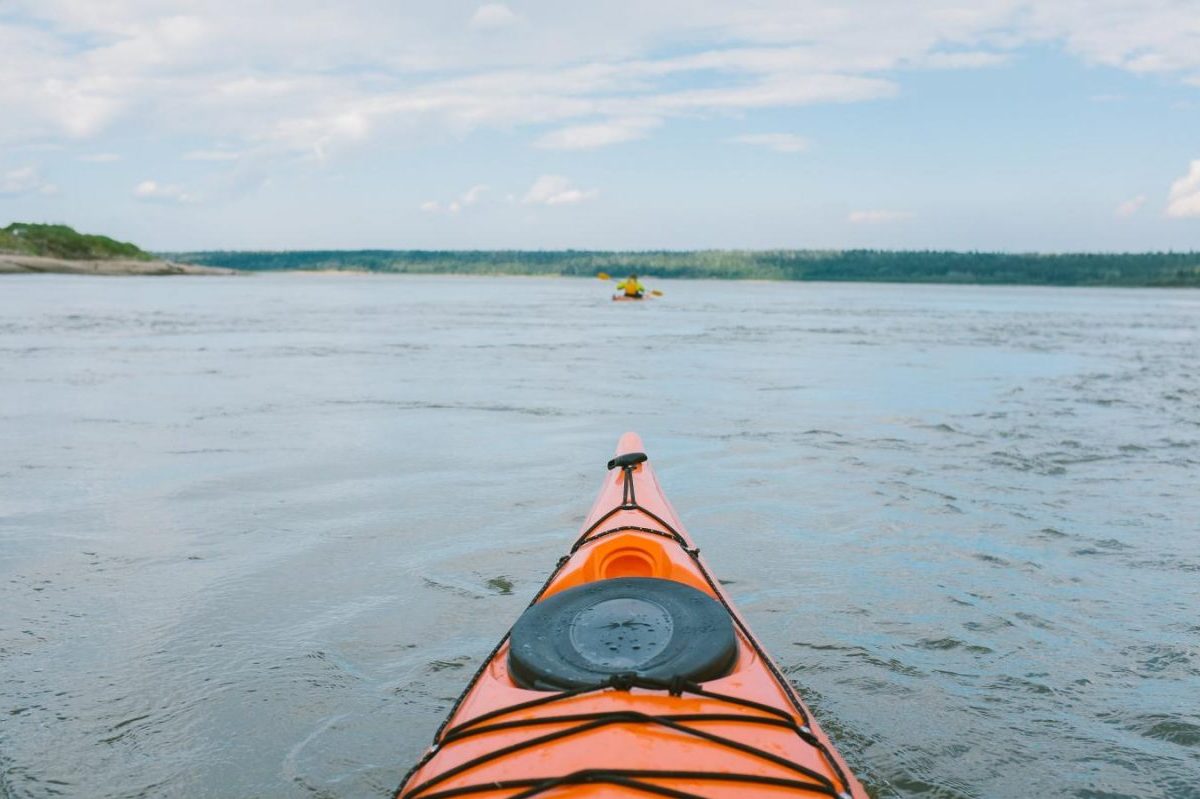Are you planning a camping, hiking, and kayaking trip this weekend? Lake Fort Smith state park is located in the rough Boston Mountain Range of the northwest Arkansas Ozarks and has a unique beauty. The park provides a peaceful setting for camping, hiking, mountain biking, fishing, kayaking, picnics, swimming, etc.
Fort Smith is a great campground and a well-maintained state park. However, you must bring your own electricity for wild camping, either foldable solar panels or a portable power station.
Before diving into its…
